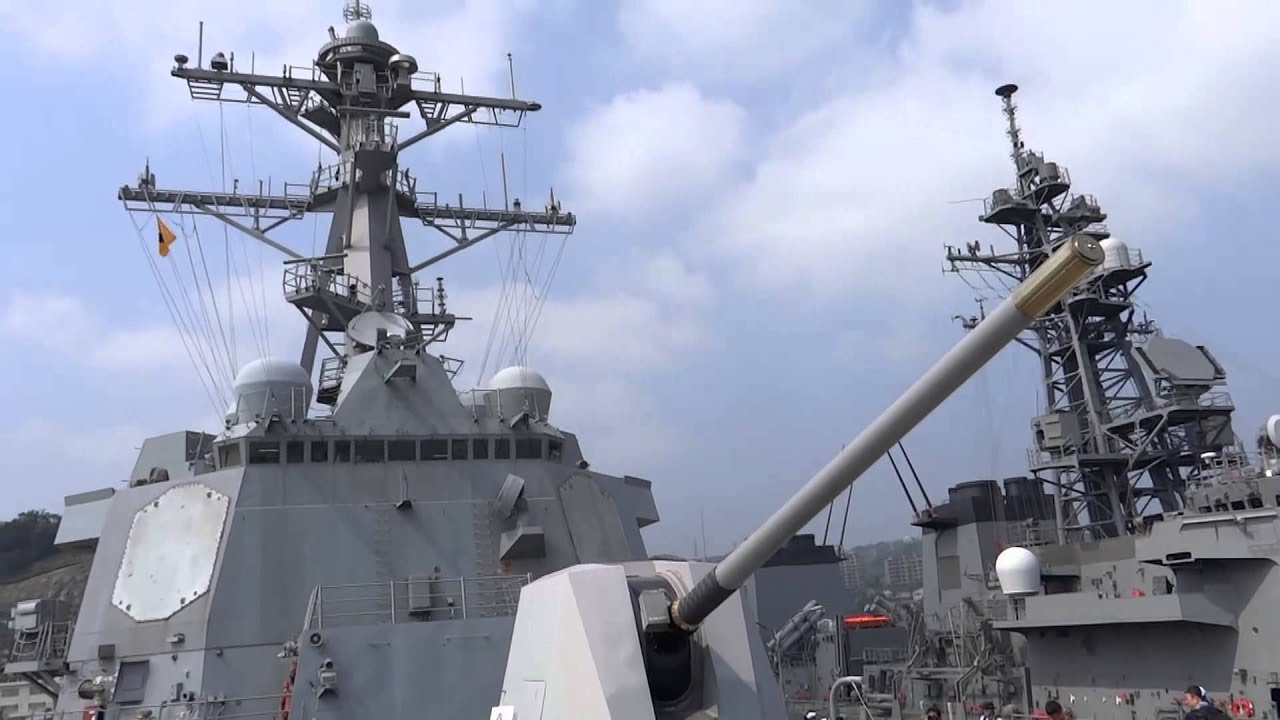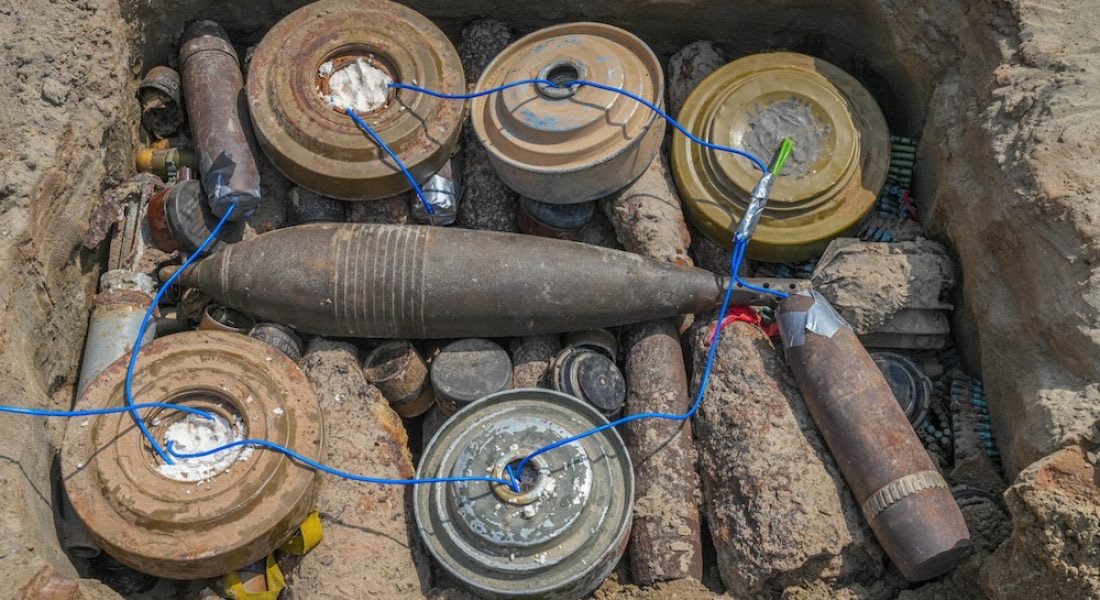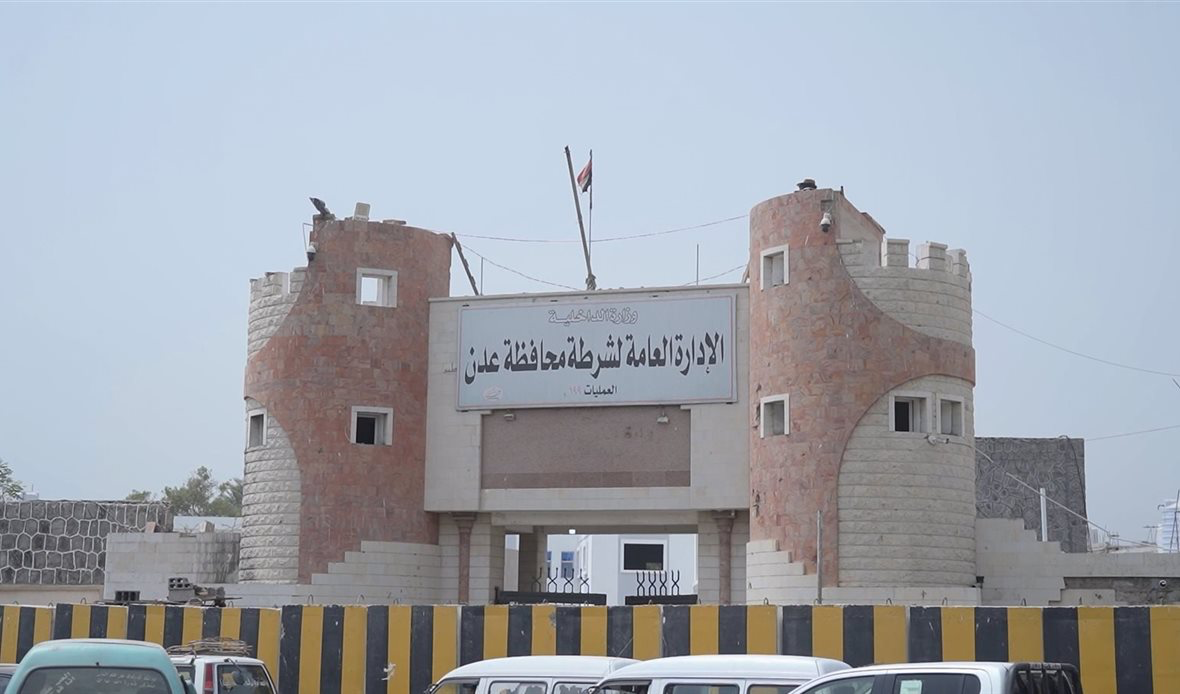
Barran Press
The United States has deployed a cutting-edge analytical system in the Red Sea to bolster maritime security and counter potential threats, particularly from Houthi attacks on American vessels.
Vice Admiral Brad Cooper, Deputy Commander of U.S. Central Command, explained to "Defense One" that the system empowers the Navy to proactively safeguard its ships. "This system is a game-changer, integrating data from multiple assets and sensors into a single, unified view," Cooper stated. "We leverage this system continuously, if not hourly, given the increasing demands of tactical decision-making."
The system relies on real-time communication between ships and global U.S. naval intelligence centers, processing massive data streams. Its effectiveness is amplified through partnerships with private sector companies specializing in satellite imagery and other intelligence, as well as the application of artificial intelligence for rapid image analysis.
This deployment follows UN Security Council Resolution 2768 (2025), adopted on January 15, 2025, which condemned attacks by the Iran-backed Houthi rebels on commercial shipping in the Red and Arabian Seas. The resolution, supported by 12 nations, establishes reporting mechanisms and emphasizes the need to address the root causes of these attacks, including regional conflicts that destabilize maritime security. Russia, China, and Algeria abstained from the vote.
Since November 2024, the Houthis have intensified their campaign of missile and drone attacks targeting commercial vessels in the Red and Arabian Seas, as well as the Gulf of Aden.





